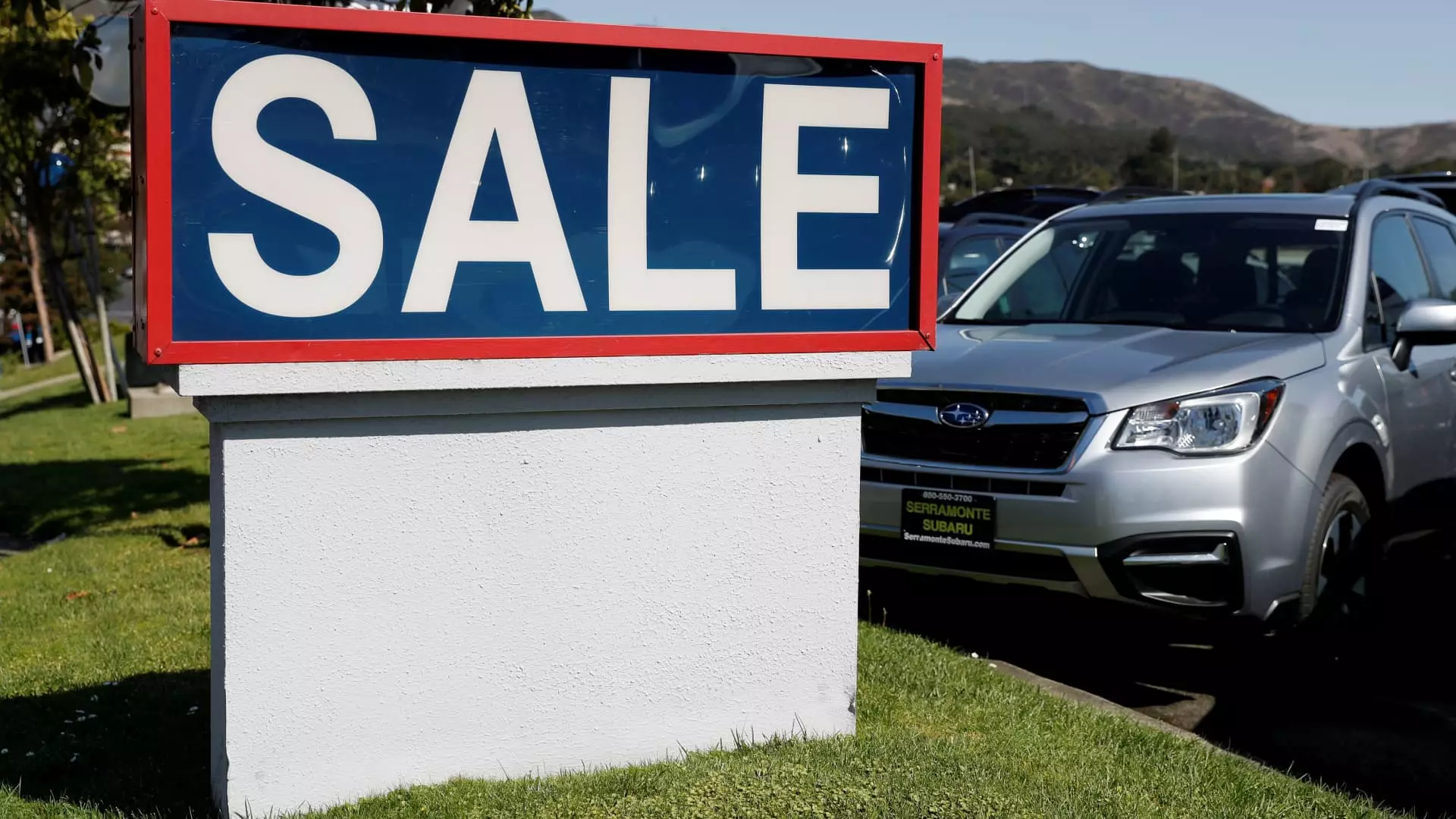As we look toward the future of the automotive industry, analysts are optimistic about new vehicle sales in the United States reaching a peak not seen since 2019. Factors contributing to this resurgence include lower interest rates, increased vehicle availability, and a competitive financing landscape. The projected sales indicate a robust market for both traditional and electrified vehicles, revealing a landscape that is evolving to meet changing consumer needs.
Cox Automotive has forecasted an encouraging uptick in new light-duty vehicle sales, estimating figures could reach 16.3 million by 2025. This optimistic outlook is echoed by S&P Global Mobility and Edmunds, which also predict similar sales figures of approximately 16.2 million. In comparison to 2024, where expectations hover around 15.9 to 16 million, these numbers indicate a recovery phase for the vehicle market post-pandemic. The projected growth, although modest at around 2.5%, signifies a step towards normalization after years of escalating prices and diminished inventories due to disruptive events.
Jessica Caldwell, the head of insights at Edmunds, acknowledged that while consumers still face financial pressures, the auto market is gradually adapting to become more accommodating for buyers. This shift hints at an environment where purchasing a vehicle may not invoke the stress previously experienced by consumers navigating inflated prices and limited offerings.
One significant trend highlighted in these forecasts is the increasing demand for entry-level vehicles. Over the past few years, consumers have grappled with unprecedented price surges, yet now there is an emerging interest in more affordable options. The automotive landscape reflects this change, as the average transaction price for new vehicles has seen a slight decline from $47,851 in 2023 to $47,465 in 2024, albeit remaining substantially higher than the $37,310 average in 2019.
This transition hints at a market where affordability is becoming a critical consideration for consumers, who have been navigating a challenging economic climate. Automakers are recognizing the need to align their offerings with consumer preferences, creating opportunities for budget-friendly models that satisfy market demand.
An area poised for considerable expansion is the electrified vehicle segment, which includes hybrids, plug-in hybrids, and all-electric models. Cox Automotive projects all-electric vehicle sales to near 1.3 million units in 2024, translating to nearly 8% of the total U.S. automotive market share. While this growth is promising, it indicates a slower climb than previously anticipated, particularly given that Tesla—one of the industry’s leaders—anticipates a year-over-year decline in sales for the first time since 2014.
Despite Tesla’s declining market share, the electric vehicle landscape remains fiercely competitive, with Hyundai Motor Group and General Motors emerging as prominent players. Analysts suggest GM, in particular, may see the most significant year-over-year increase in market share. The shifting dynamics between established manufacturers and rapidly emerging competitors underline the urgency for innovation in a market that continues to adapt to consumer preferences for sustainability.
However, the road ahead for the automotive market is not without its potential hurdles. Regulatory uncertainties, particularly concerning federal consumer credits for electric vehicle purchases, could pose challenges for industry growth. Analysts have raised concerns about potential shifts in policy leading to a decrease in EV sales if these credits are terminated, which would be detrimental to the ongoing push for electrification.
Another critical aspect to consider is the impact of tariffs on vehicle production, especially concerning vehicles manufactured in Canada and Mexico—a matter poised for scrutiny as political climates change. Jonathan Smoke of Cox Automotive underscored the potential disruption that tariffs could cause if implemented at the proposed 25% rate, highlighting how such policy changes can ripple through the entire industry.
Despite the anticipation of increased vehicle sales, industry observers warn that some automakers may face financial challenges as the competitive landscape intensifies. Wall Street analysts have indicated that rising inventory levels, along with increased manufacturer incentives and diminishing pricing power, may affect automaker profitability even as sales volumes rise. Colin Langan of Wells Fargo noted that while current pricing appears robust, the sustainability of such pricing remains questionable.
As the U.S. automotive market gears up for a forecasted resurgence in vehicle sales, it must navigate a complex interplay of consumer demand, regulatory shifts, and competitive dynamics. The conversations surrounding affordability and electrification are just beginning, and as these trends evolve, both consumers and manufacturers alike will be tasked with recalibrating their strategies in a rapidly changing electoral landscape.

